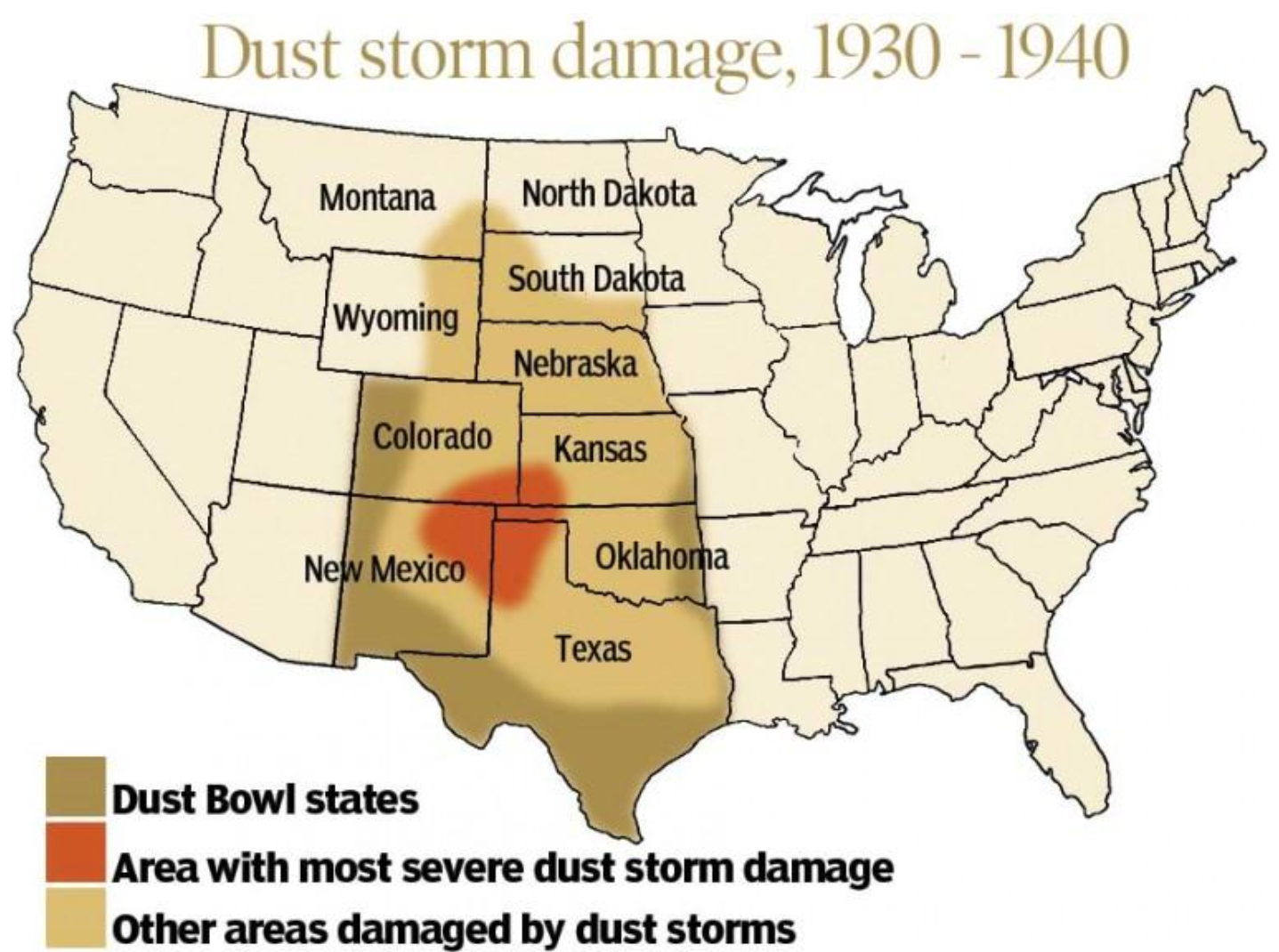Preferred citation style is that of MLA 9th
An annotated bibliography starts with the bibliographic details of a source (the citation) followed by a brief annotation.
As with a normal reference list or bibliography, an annotated bibliography is usually arranged alphabetically according to the author’s last name. An annotated bibliography summary for each entry should not be more than 100 words. Another 100 words whould be reserved for an evaluation (why the work is useful) on the relevance of the citation for the research paper).
Sample entries for annotated bibliography, based on the documentary
Anderson, Kelly and Allison Lirish Dean. My Brooklyn. New Day Films, 2012. Kanopy Streaming. (
1. Jacobs, Jane. Life and Death in American Cities. 1963. Modern Library, 1992. introduction, part II, chapter 8; part III, chap. 15)
In this book I find especially relevant the “introduction”, chapter 8 of part II (“the need for primary mixed uses”), and chapter 15 of part III (“Unslumming and slumming”). Jacobs critiques mid-20th-century urban planning (e.g., "Radiant Garden City" models, highway expansions, and top-down renewal projects) for ignoring how cities actually function. She argues that cities thrive through organic complexity, and community involvement. Her basic tenets for city development revolve around: i)“density” (namely, amount of people – and strangers – met while walking in the city); ii) varied types of buildings (including old ones); iii) “mixed-uses” (residential, commercial, office and cultural spaces); iv) short and walkable blocks. [summary: 104 words]
While Jacob’s chapter 8 about "mixed uses" might be fallaciously used to support gentrification processes like Brooklyn's Fulton Mall dismantlement (which served a homogeneous Black/Hispanic community), the documentary shows how this commercial area stabilized residents and fostered culture. Luxury developments may mimic mixed-use theory (starting with the argument of need for office-space) but exclude marginalized groups. Chapter 15 on "unslumming" explains the failures of clearing urban areas through abstract theories rather than reinvestment that keeps residents in place. Although Brooklyn is not properly a slum, the principle of non-displacement in the guise of urban improvement is applicable. [rationale: 96 words]
2. Tuan, Yi-Fu. Topophilia: A Study of Environmental Perception, Attitudes, and Values. 1974. Columbia UP, 1990.
In Topophilia, Tuan’s Chapter 12 ("Physical Settings and Urban Lifestyles") examines how city environments are reshaped through market forces that both vitalize and standardize urban spaces. He hints at how commercial districts may evolve from organic community hubs into sanitized, profit-driven zones. Chapter 13 ("American Cities: Symbolism, Imagery, Perception") while analysing city symbolism, also contrasts elite vs. street-level perceptions of place (subsection “the view from below”). In this way his axiologic vision includes symbolic stratification, questions of who gets to move through neigborhoods in the city, and who cares for certain neighborhoods. [summary: 92 words]
Tuan’s observation in Topophilia concerning Harlem —"filthy yet many businesses cater to beautification" (p. 219)—parallels My Brooklyn’s Fulton Mall: a marginalized area that people condemn despite thriving Black-owned shops. Luxury redevelopment, like elite "views from above," imposes sterile order while erasing local commerce and culture. The documentary’s footage of hair salons and record-selling benches mirrors Tuan’s "view from below," revealing how communities sustain identity amid neglect. Here, "beautification" isn’t absent—it’s just deemed illegitimate by planners and so-called “developers”. [rationale: 80 words]


No comments:
Post a Comment